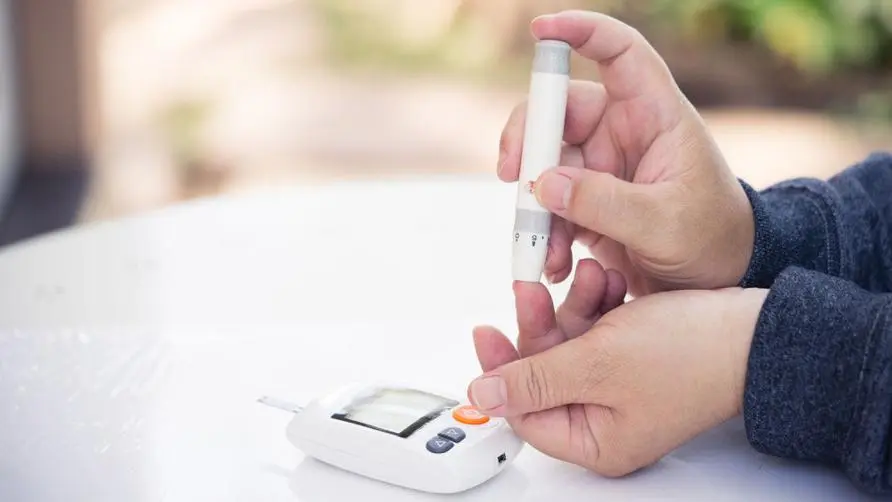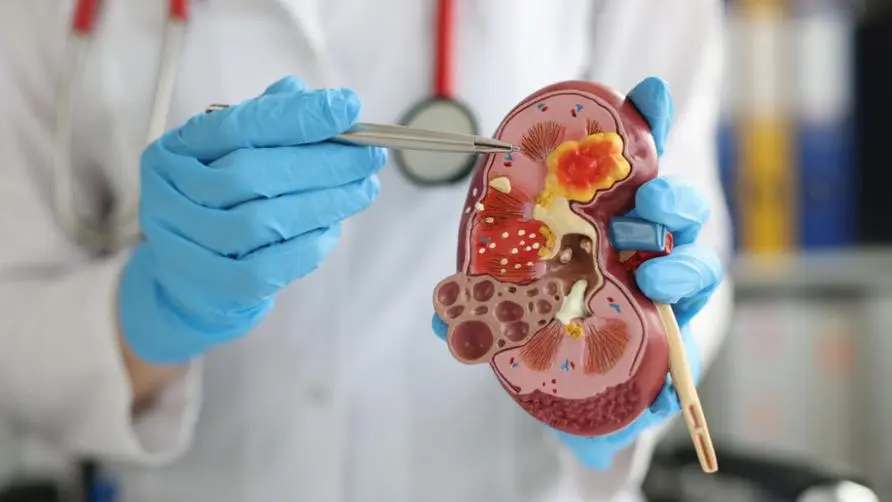Not only to control blood sugar but also to protect organs! Diabetes treatment "paradigm shift": weight, blood sugar, and risk factors should be given equal emphasis

Diabetes population in Taiwan exceeds 2.27 million World Diabetes Day calls for “understanding the risks”
November 14th is “World Diabetes Day”. According to the International Diabetes Federation IDF, more than one in 10 people in the world have diabetes, and up to 90% of them have type 2 diabetes. In this regard, the health of World Diabetes Day 2023 Educational propaganda calls on people to “know your risk, know your response” (Know your risk, know your response). The most common diabetes risk factors include: family history, overweight, unhealthy diet, lack of exercise, age, high blood pressure, race, Glucose intolerance (IGT), history of gestational diabetes, malnutrition during pregnancy, etc.
Diabetes is the loss or degeneration of pancreatic function. The body has insufficient insulin supply or the cells’ ability to utilize insulin decreases, resulting in abnormal metabolism of sugar, fat and protein, causing the patient’s blood sugar concentration to rise or become unstable. According to statistics from the Ministry of Health and Welfare, diabetes is the fifth among the top ten causes of death in Taiwan and is closely related to the risk of death from cardiovascular disease. According to statistics from the Taiwan Health Promotion Administration, the incidence of diabetes in Taiwan is about 11.8%, and it is estimated that more than 2.27 million people in Taiwan have diabetes. The most relevant complications of diabetes include heart disease, stroke, nephropathy, eye disease, peripheral neuropathy, and amputation due to arterial disease, all of which impose significant social and economic costs.
Four “paradigm shifts” in diabetes treatment concepts from lowering blood sugar to organ protection
As the prevalence of diabetes increases globally, the invention and progress of diabetes drugs are also advancing at a rapid pace. Liao Guomeng, an attending physician at the Department of Endocrinology and Metabolism at Taipei City Hospital and a member of the working group of the Diabetes Society of the Taiwan, said that the main treatment goals for diabetes are to reduce death, reduce major and major vascular complications, and improve symptoms. Although the overall goals remain the same, the treatment concept has changed. Four “paradigm shifts” have occurred in the past decade.
Dr. Liao Guomeng pointed out that the most important study on diabetes treatment is the UK UKPDS prospective study, which confirmed important evidence that reducing glycated hemoglobin by 1% can reduce the risk of small vessel disease by 37% and total mortality by 21%. This is the first phase. A model of “centered on sugar control”. It was not until 2015 that it was discovered that overly aggressive blood sugar control may lead to an increased risk of hypoglycemia and an increase in the overall risk of cardiovascular death, which in turn offsets the benefits of lowering blood sugar. This is the second step in “safely controlling sugar and avoiding hypoglycemia” Treatment paradigm shift.
In 2018, the ADA (American Diabetes Association) and EASD (European Conference of Experts on Diabetes) once again issued major changes in diabetes treatment. Before treatment, priority should be given to assessing whether there are risks of cardiovascular disease, heart failure, and chronic diseases. If there are related risks, you should Put “organ protection” as the first consideration, and use GLP-1 and SGLT-2, which have proven evidence of organ protection, as treatment options.
However, emphasizing organ protection may lead to the treatment process ignoring the importance of obesity and other risk factors. Therefore, the 2023 Diabetes Treatment Guidelines officially announced the adoption of a “de-stratification” strategy, reiterating organ protection, blood sugar control, weight management, cardiovascular and other risk factors should be given equal emphasis, and diabetes treatment has officially entered an era of comprehensive assessment of organ protection, blood sugar, and weight control.
Diabetes treatment goal “de-stratification” increases the importance of GLP-1 and SGLT-2
“The concept of diabetes treatment has reached today’s “de-stratification”. The four quadrants form a circle, which means that it must be treated with whole-person management and cannot only focus on a certain aspect. Therefore, it can not only protect the cardiovascular system, but also control blood sugar and Drugs that help with weight management, including GLP-1 and SGLT-2, are becoming increasingly important!”
Dr. Liao Guomeng said that taking the GLP-1 drug, which is often called the “slimming pen”, for example, its indications are not just weight loss, but also can reduce the risk of diabetes mortality by 12%, heart failure by 11%, and kidney disease risk by 21%. In addition to weight control and medical aesthetic purposes, all walks of life should correctly understand the protective effect of GLP-1 on other organs of the body. In particular, more than 70% of people with diabetes are obese, and both obesity and diabetes are risk factors for cardiovascular disease. For obese people, controlling their weight can help them stay away from the risk of diabetes; achieving ideal weight control in diabetes can also significantly help with blood sugar control and organ protection. Only patients with familial medullary thyroid cancer and multiple endocrine neoplasia syndrome are not recommended for use.
Dr. Liao Guomeng said that the main side effects of GLP-1 are gastrointestinal discomfort, including nausea, vomiting, diarrhea, and constipation. Considering the effectiveness of the drug, clinical use is usually started with a low dose, and the drug dose is slowly adjusted, and then combined with small meals and frequent meals. Dietary adjustments such as chewing carefully and eating less greasy food will give you a better chance of achieving goals such as weight control, stable blood sugar control, and organ protection at the same time.
Source:
Diabetes and Me - Taiwan Ministry of Health and Welfare, Health Promotion Administration
Extended reading:





